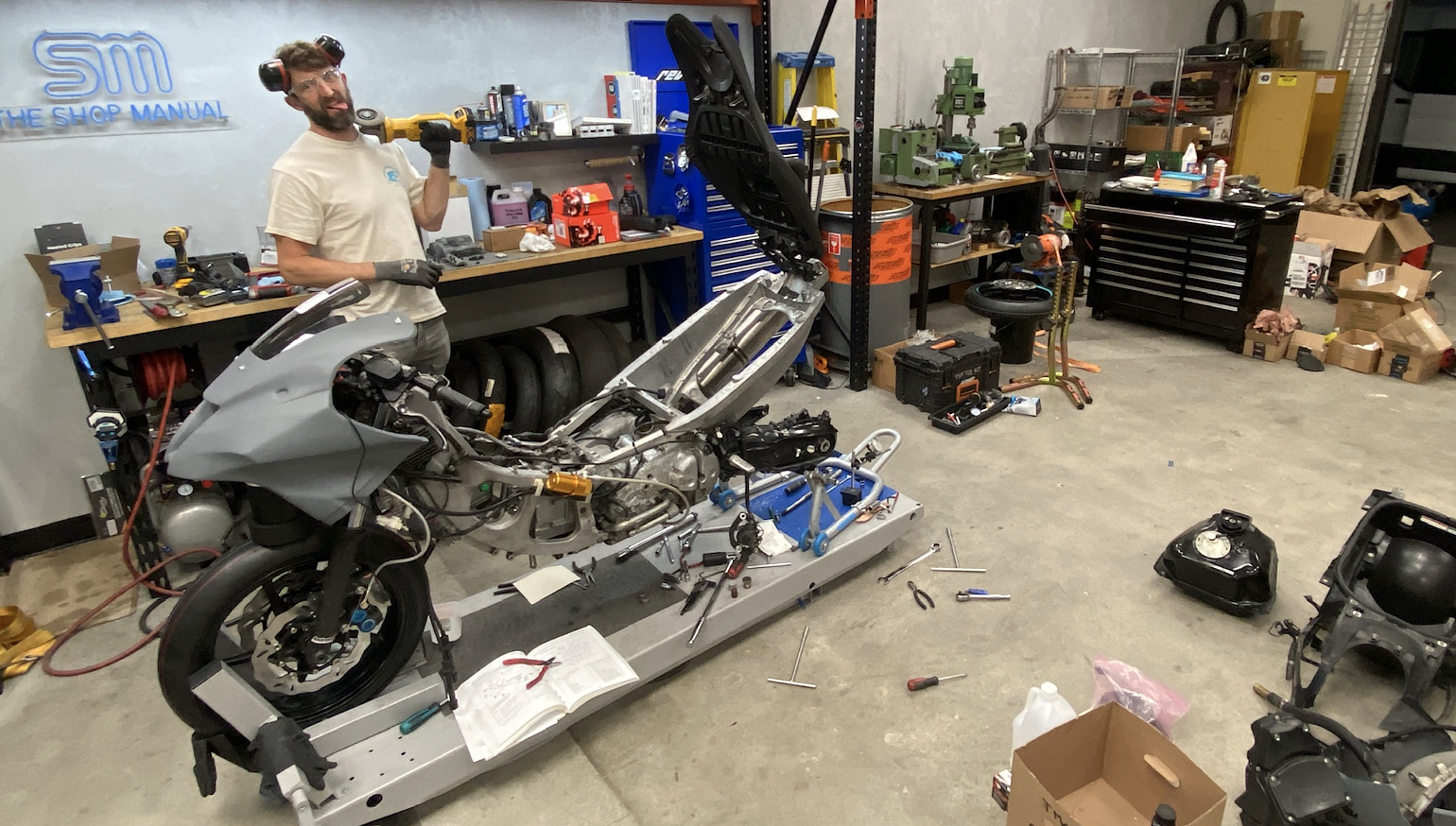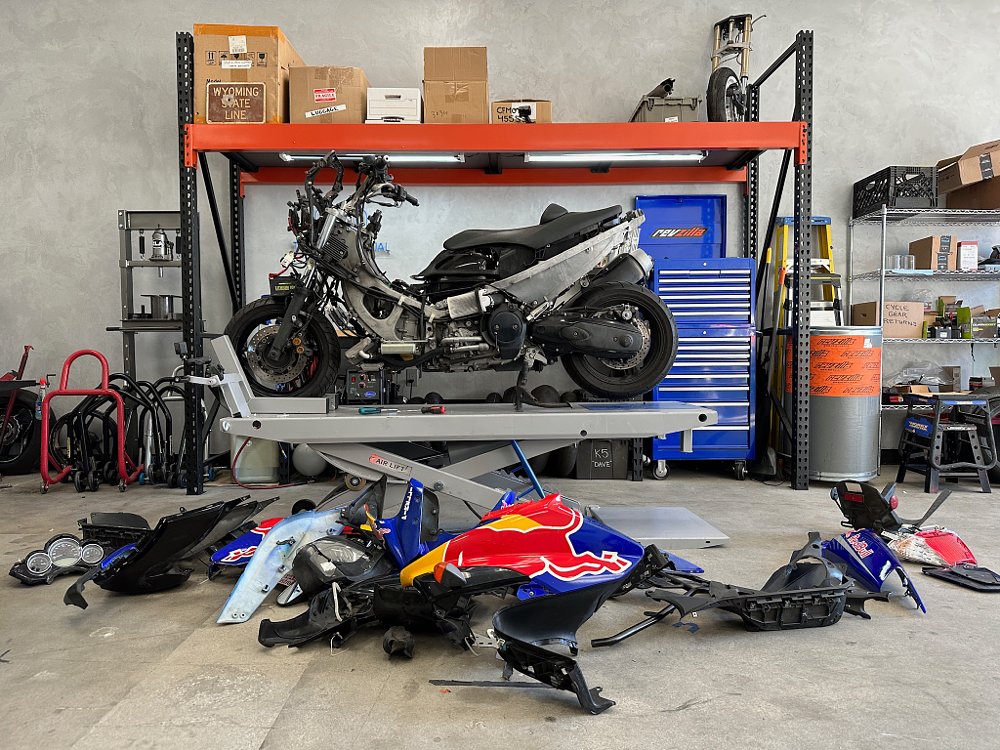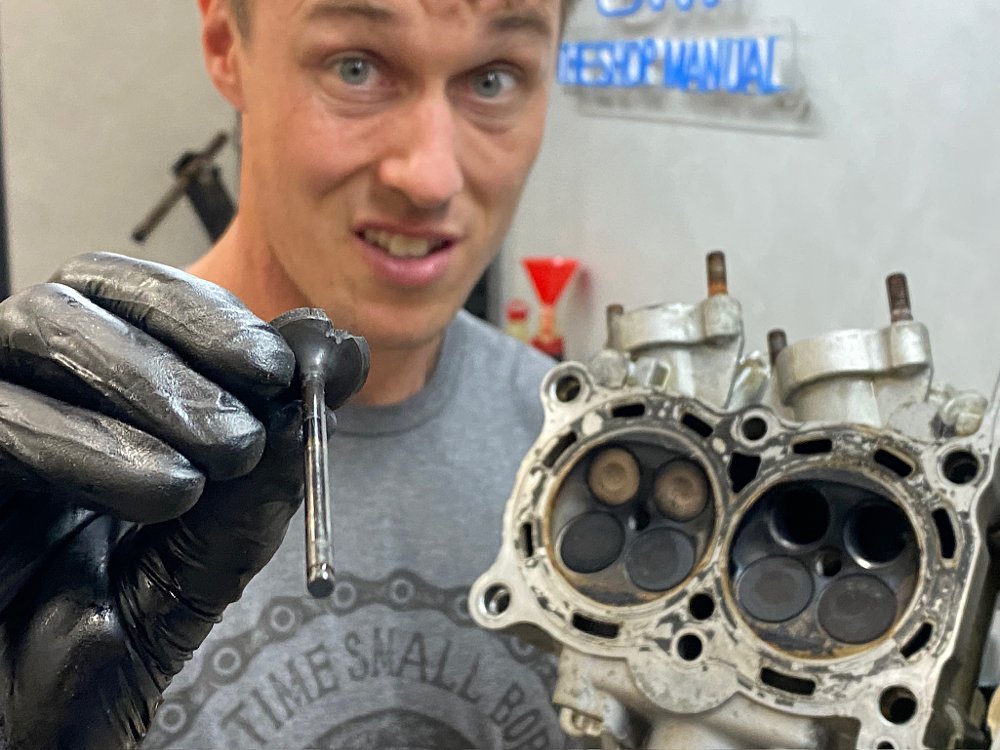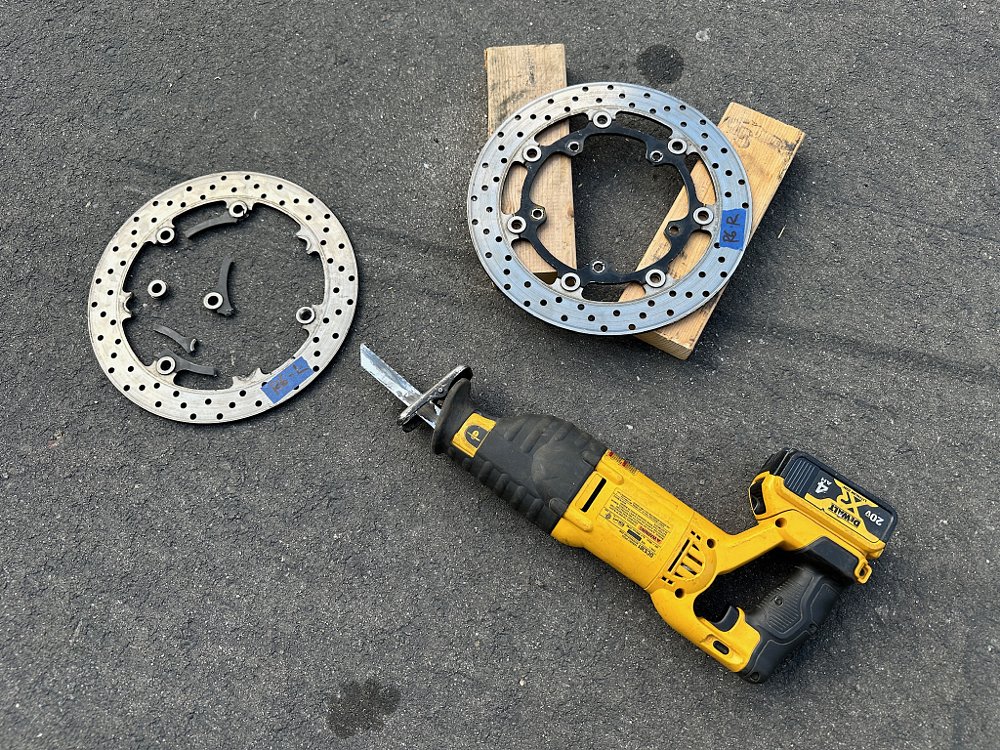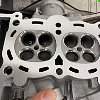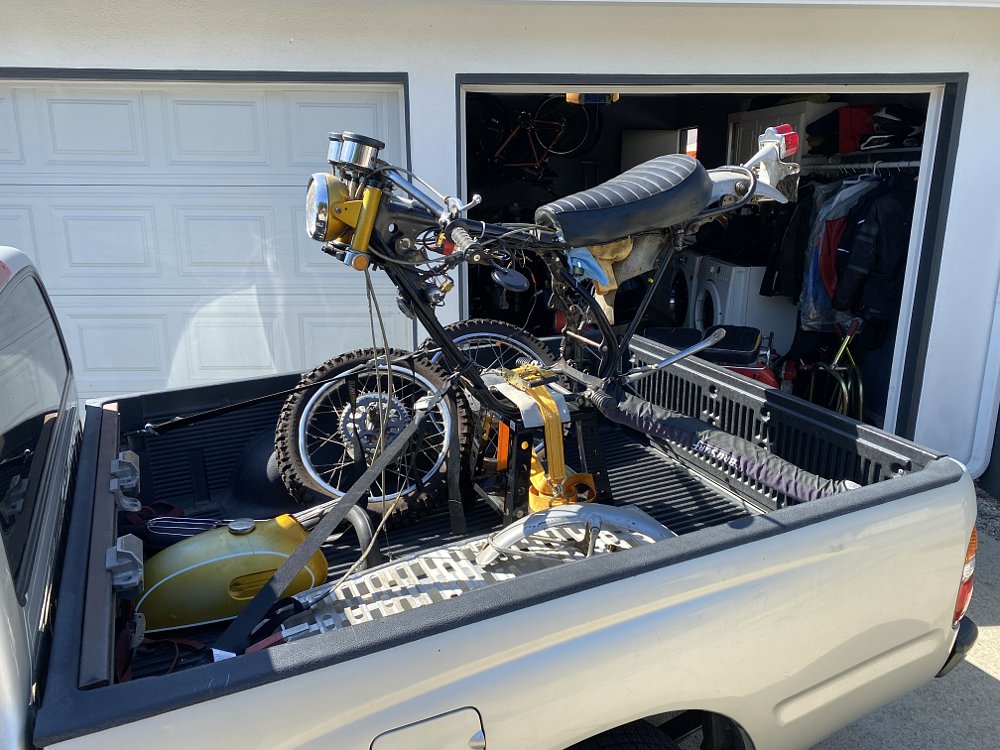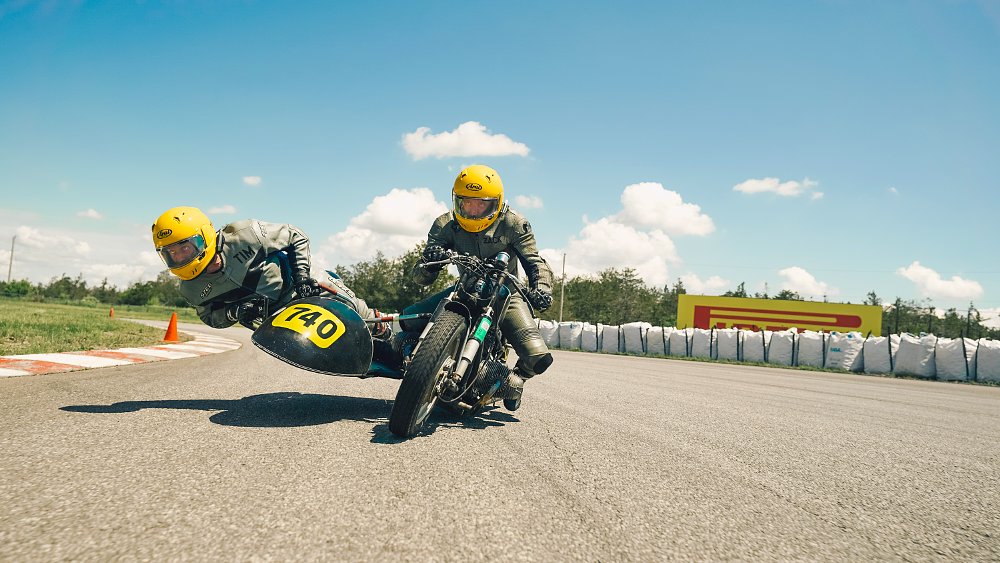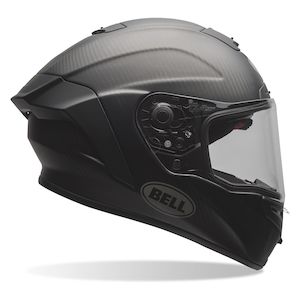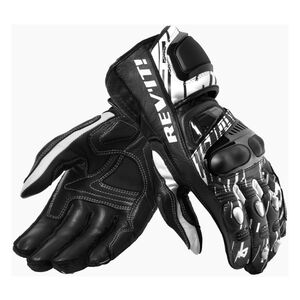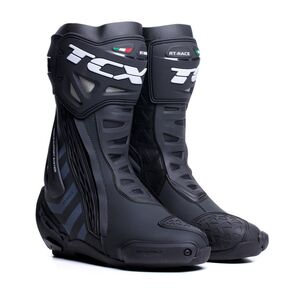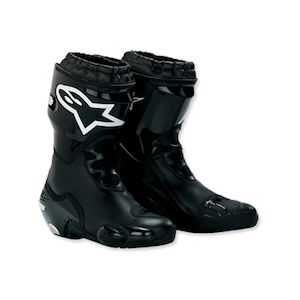For the latest episode of CTXP, our producer, Spenser, convinced Zack and me to build and race a “scooter superbike.” This isn’t the first time we’ve crafted and competed on scooters, but this go around we tackled the build without guidance or a recipe, both of which, it seems, are very helpful.
Was the project a success? Feel free to watch the video below and make your own assessment.
As detailed as this episode of CTXP is, it skims over the whirlwind of work required to turn our high-mileage, beaten-down (and evidently crashed) Yamaha TMAX 500 into a race bike. In casual standups and concise voice over, we touch on the twisted fork and mangled front subframe, the engine issues, and the struggle to fit 17-inch wheels. Each of those unanticipated obstacles, as well as many others that didn’t even make the episode, took hours, if not days, to remedy.
It could have been worse. Initially we were toying with the idea of shoehorning a two-stroke snowmobile powertrain into a small scooter chassis. As awesome as that idea (still) sounds, we decided it wasn’t feasible in our time frame. Instead, we reached for low-hanging fruit and settled on hot-rodding a Yamaha TMAX 500, a bike that has solid aftermarket support in Europe, where it’s revered for its impressive acceleration and triple-digit top speed.
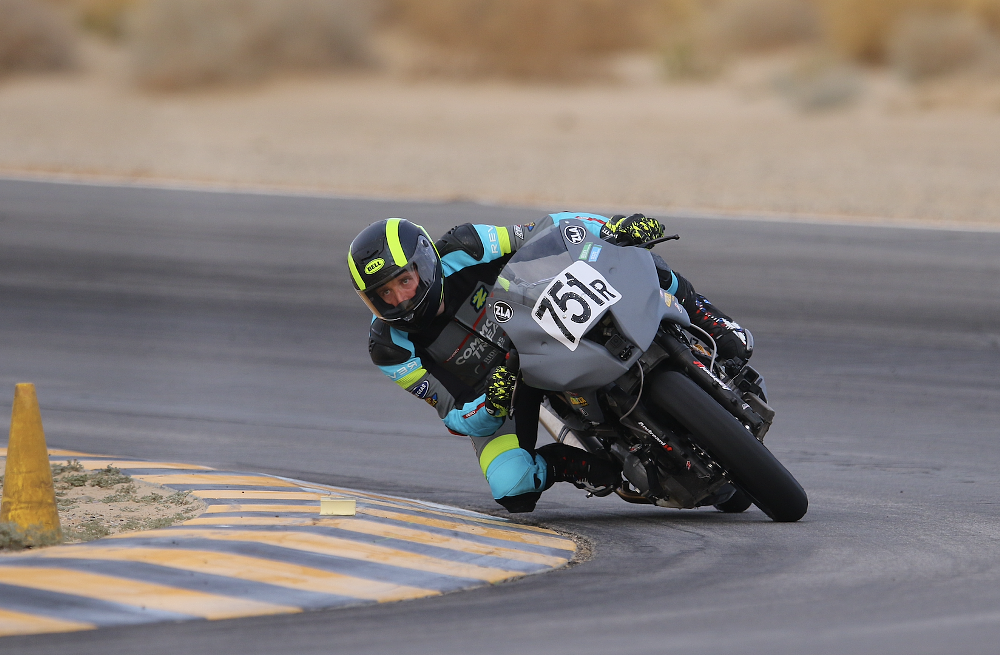
As it turns out, even our straightforward approach was nearly too ambitious. For starters, TMAXs were only imported briefly and in small numbers, so when it came time to buy a bike it was slim pickin's. The 2009 we ended up with had clearly lived a rough life. It was literally falling apart, and not even running on both cylinders. Then, we discovered that many of the plug-and-play performance parts we had planned to use are intended for later TMAXs and not compatible with our early model. Whoops!
Before we could even get to transforming the bike from a luxury commuter to a hot-blooded racer, we had to get it running properly. I figured the bike’s engine troubles were due to something easy like a carbon-fouled plug or a disconnected injector wire. You’d think I would be less optimistic after prepping the ‘69 DT-1 enduro we rode across Wyoming. The cause of the TMAX’s running issue was almost the worst possible scenario: a burnt exhaust valve and scorched valve seat. Cue several days spent sourcing parts and lining up machining services. This project was chock full of these sorts of rude surprises.
Zack experienced it when installing a YZF-R6 front wheel in place of the stock 15-inch hoop (which we only did because we discovered that there is no track-worthy rubber available in 15-inch diameters). The TMAX and R6 have the same axle OD and even the same calipers, so it looked like we’d just have to swap the smaller scoot rotors onto the sport bike front wheel and bolt it up.
Nope! Later-model TMAX rotors share the same bolt pattern as an R6, but our odd-duck ‘09 doesn’t. Even after we sourced suitable discs from Galfer, there was another facepalm moment when we realized the hub width, and thus the disc spacing and caliper alignment, is different on the R6. The solution? Sawzalling the old rotors apart to use as spacer material, and blowing an unmentionable amount of budget on specialty shouldered bolts to hold it all together. McMaster-Carr was on speed dial throughout this build.
Fitting a 17-inch rim to the back of the bike was its own time-consuming, head-scratching riddle. We were constrained by clearance with the swingarm ahead of the tire and had to account for the stock spline drive and brake disc. The only option was to fashion an adapter from a solid puck of 6061 aluminum, and when it was whittled down it had to meet about a dozen exact dimensions to fit. Even if it fit, we weren’t sure it would work at speed and under load.
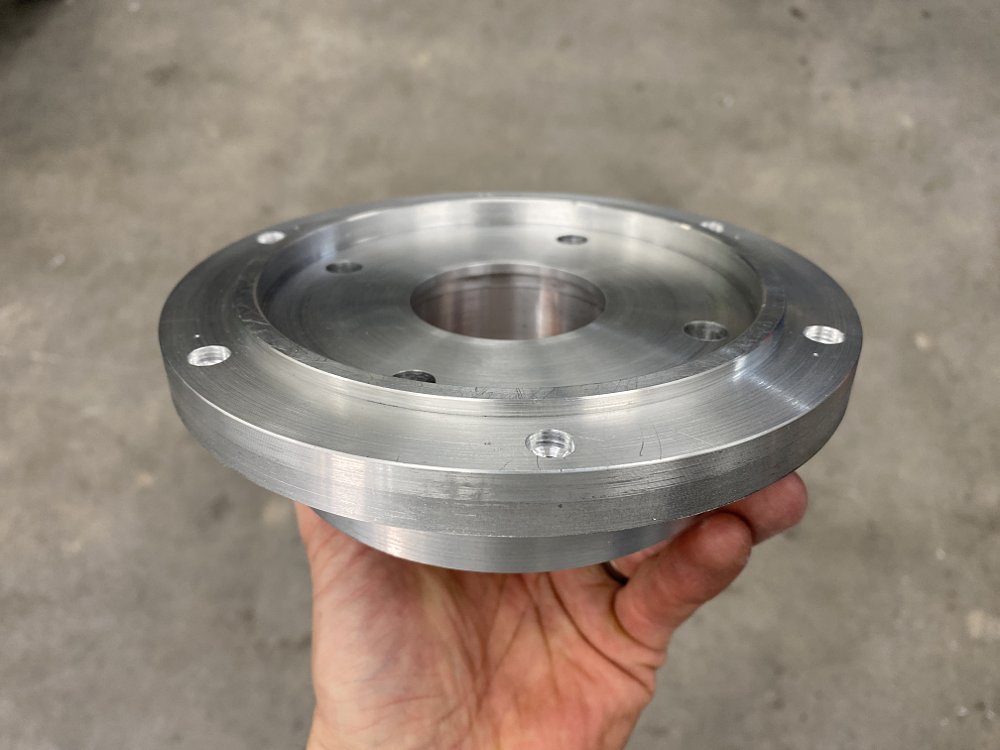
We had high hopes of finding a way to bolt up proper rearsets (that actually would have been forwardsets compared to what we ended up using, which were the passenger pegs) and installing some kind of “tank” to provide an anchor point while leaning off the bike, but we didn’t have time.
As it happened, we didn’t even get the bike buttoned up and loaded until late the night before we were due at the track, but we had a machine that both Zack and I felt had a decent chance of running with some small-bore sport bikes. It had fully adjustable suspension, a rebuilt engine, upgraded clutch, pulleys, and belt, a race exhaust and full tune, stainless brake lines, sticky Bridgestone slicks, plus legit-looking bodywork.
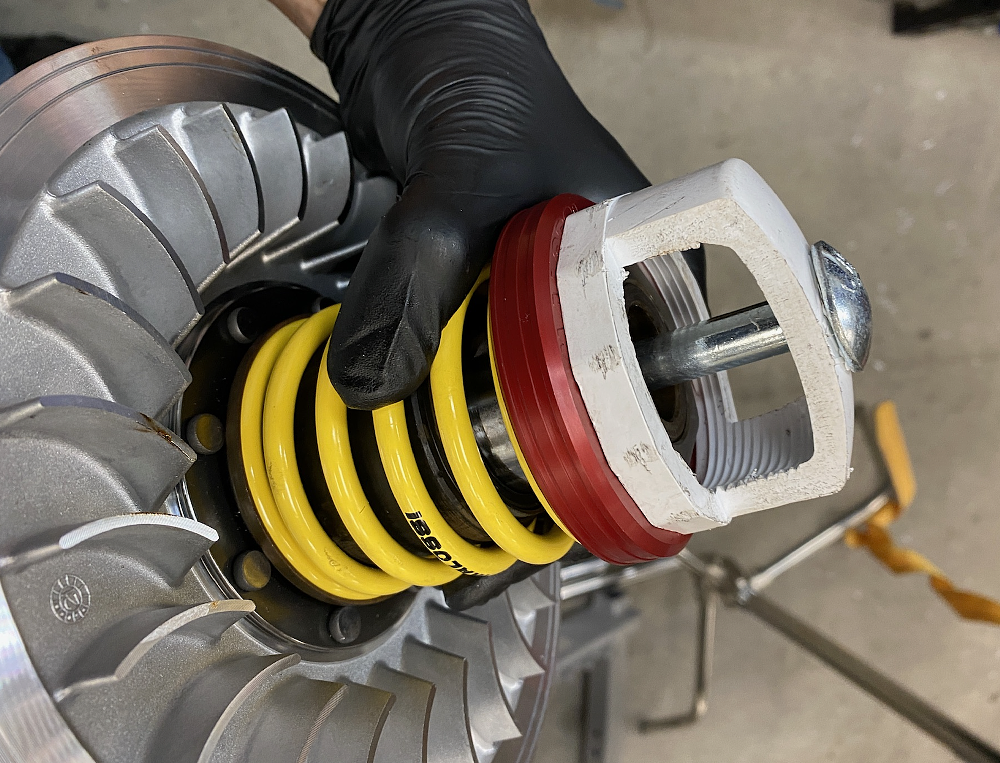
As we drove out to Chuckwalla Valley Raceway, my mind finally shifted from asking “How are we going to solve this problem?” to “I wonder what kind of problems we’re going to have at the track?” Would the motor hold together at race pace? Would the skinny slicks stick properly? Would we drag the CVT cover in right-hand turns?
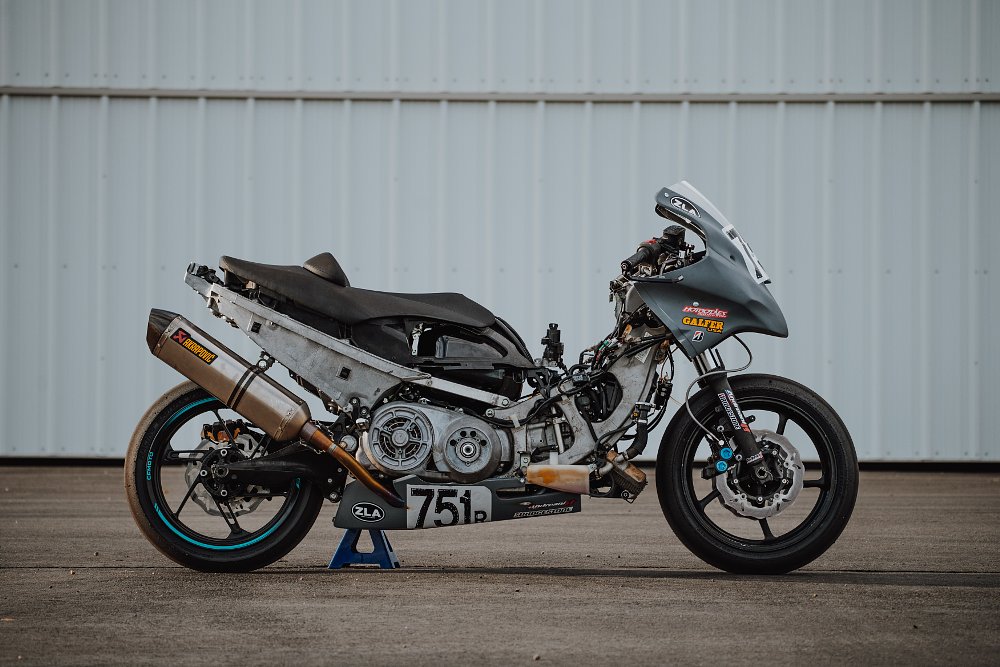
Over the course of the race weekend we got all those questions answered, and many more. We also came to a realization: This might not have been our first scooter race-bike build, but it’ll probably be our last.

 Membership
Membership

